Wildlife Viewing Tips at Assateague Island – How To Have A Good Experience For Both You and Them!
The Assateague Island National Seashore has fascinated tourists, travellers, activists and photographers all alike with its marshes, grasslands, secluded beaches and wildlife viewing opportunities. The wild horses of Assateague Island have captured the imagination of artists, writers and even filmmakers. ‘Misty of Chincoteague’ was one such film inspired by the scenic island, released in 1961 and based on a book written by Marguerite Henry.
It’s no surprises that you too will love the breath-taking scenery, quiet shorelines and peaceful trails all around the island.
Rule for effective wildlife viewing – Distance makes the heart grow fonder
For the best experience for your time at Assateague, we recommend a very basic principle when viewing and interacting with wildlife – “Sometimes the best relationship is a long-distance relationship.”
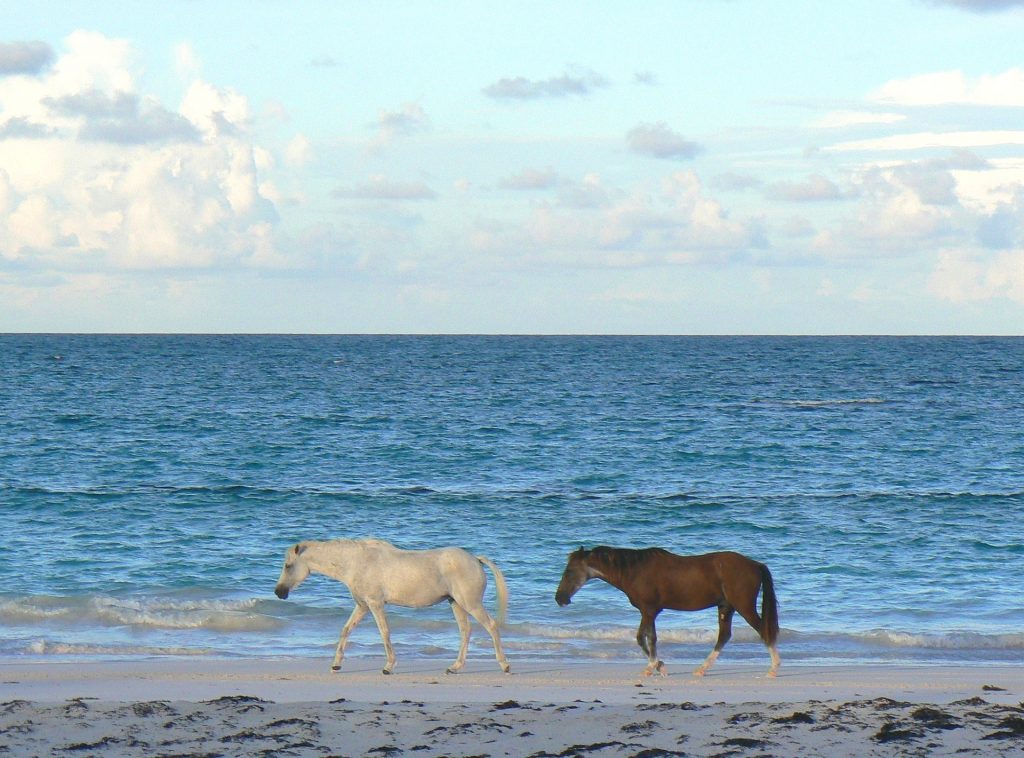
There’s a lot that can unconsciously happen when you get too close to wildlife. Perhaps the animals may approach you and do no harm. But it’s proven that feeding and touching wild animals, especially wild horses in the case of Assateague, can put them in grave danger. Eventually, the animals may lose their natural fear of humans and wade on to roads where the risks of accidents are prevalent. Many species also become aggressive and can even die from contracting diseases.
Do you need another reason to not interact much with animals? – Because it’s illegal! Yes, touching, feeding and getting too close to wild animals is illegal in all US national parks. And at Assateague Island, there’s no exception!
Don’ts of wildlife viewing
- To attract animals, do not call, whistle, click your tongue or make noises. It disturbs the environment around and is illegal as well.
- If you’re in a pack, chances are the animal may feel more trapped and threatened and can panic and harm the entire gathering. So whether you decide to view solo or in a group, does not really matter.
- You needn’t give water to the wild horses at Assateague Island to drink. They do not take to external chemicals well and providing them with water prevents them from exploring natural water sources.
- Also, if you provide the horses with a water source, they become protective of it and can chase down or bite people who come near the source.
- Pack away all food items from sight and store them well. Animals get poisoned from eating leftovers from picnics and camps.
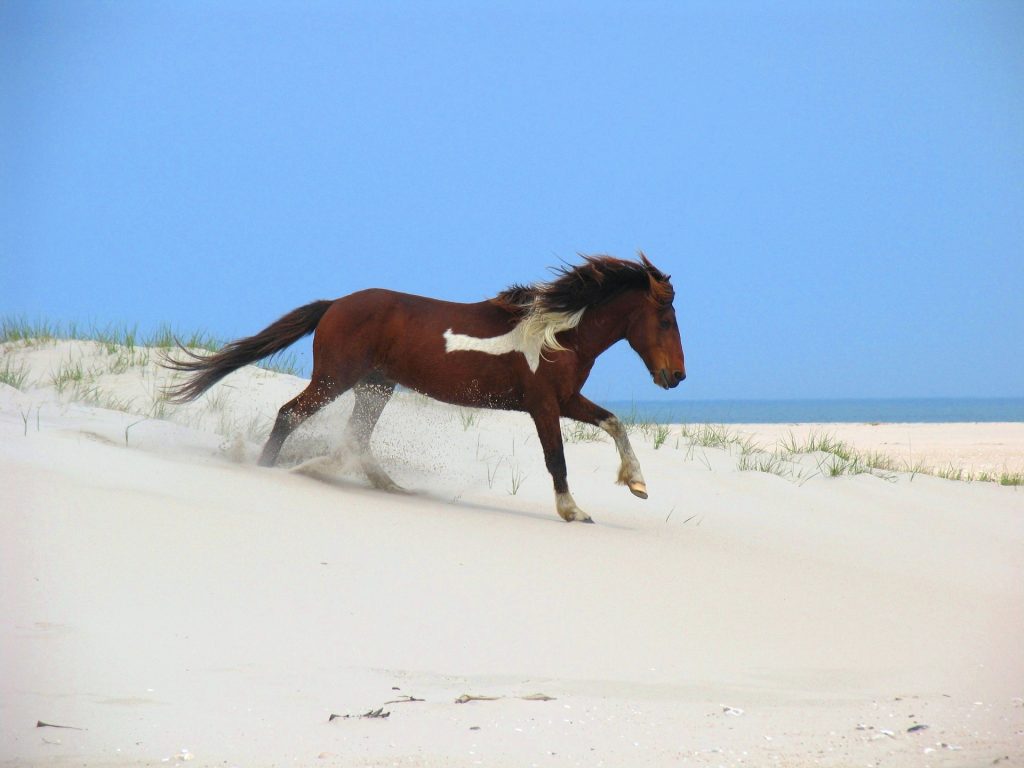
Need more reasons to stay away from feeding wild animals?
The top risks to humans as recorded in the last one year at Assateague Island are:
- Bites, scratches, and/or bruises which can later lead to infectious diseases
- Vehicle or property damage (imagine a 1000 lbs. horse falling on top of your bonnet!)
- Aggressive animal behaviours from persistent animals
- Severe injuries and in some cases, death!
You also put the wild animal at risk by:
- Exposing them to viruses and diseases
- Leading them to traffic injuries
- Scattering the herds which can lead to the abandonment of young ones
There have been cases at Assateague Island where extremely aggressive horses had to be moved to other facilities. Usually, horses will ill-health are moved to contained sources away from the island and not brought back due to fear of further contamination, even after being cured.
Booking wildlife viewing tours
So what’s the best and safest way for wildlife viewing? With a guide of course! Book guided tours with NPS volunteers or park officials to do the job for you so you, the horses and the environment can altogether get the best experience.
How to get the best wildlife viewing experience at Assateague Island
1) What makes a good photo?
At Assateague Island, wild horses have been protected to ensure that no human contact reaches them. But for the passionate wildlife photographer, it’s just a matter of time until they jump on board to photograph these timeless beasts. When you’re looking to photograph the wild horses of Assateague Island, take note of certain behaviours which will make good photos. These may include:
- Stare downs (which gives awesome shots of the horse’s eye)
- Battle of the stallions (just in case two horses get too territorial!)
- Interactions between mother and foal
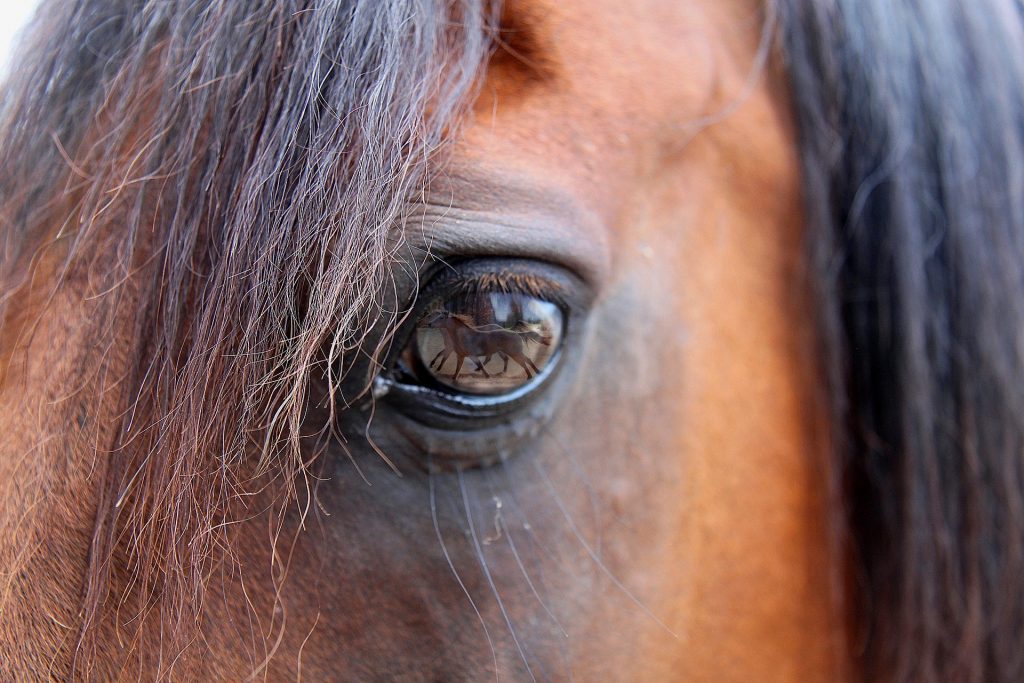
Also, common photographs of the horses running in the wind, standing around water bodies (good for reflection shots), resting on the beach or just posing as a single lone horse – all make fantastic photographs!
2) Spend time with your subject – whether they are the horses or endangered birds, viewing them in their habitat, season after season, can help you understand them better. Such deeper understanding can also translate into more intimate photographs.
3) Worth the hike – Sometimes, to view wildlife, you’ll have to trek a bit. So be ready to pull on those hiking shoes, wear camouflaging dresses and invest in a light-weight backpack to carry you through.
4) Best times for wildlife viewing – As a general rule, it’s during the hours of golden light; that’s early morning at dawn or late afternoon.
5) Patience is a virtue – One of the most difficult aspects of wildlife viewing is the fact that it requires a great deal of patience to observe your subjects. Because of their unpredictable behaviours, it might sometimes take days to even spot the bird or animal you wish to see. Like all good things in life, be patient and the right moment will come to you!
If you are looking to visit Assateague Island, check out our video travel guide which can help you plan your trip better:
For a more detailed and comprehensive take on Assateague Island, read our article on the island and its specialities here.
If you enjoyed reading this article, consider sharing it on social media. For more travel guides and USA travel destination news, stay tuned to Travel and Trots on our:
YouTube channel: https://www.youtube.com/channel/UCq8tGBxPbYv5L96I_6h8yhw
Facebook: https://www.facebook.com/travelandtrots/
X: https://x.com/travelandtrots
Instagram: https://www.instagram.com/travelandtrots


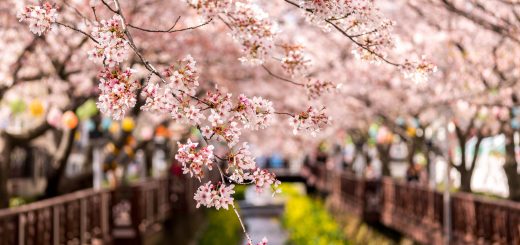
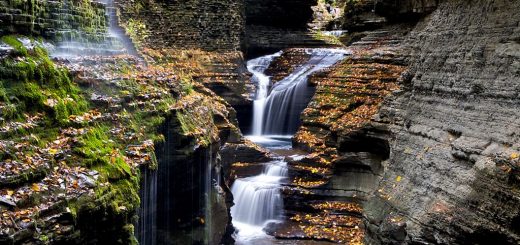

1 Response
[…] Related: Wildlife viewing tips when around wild horses […]